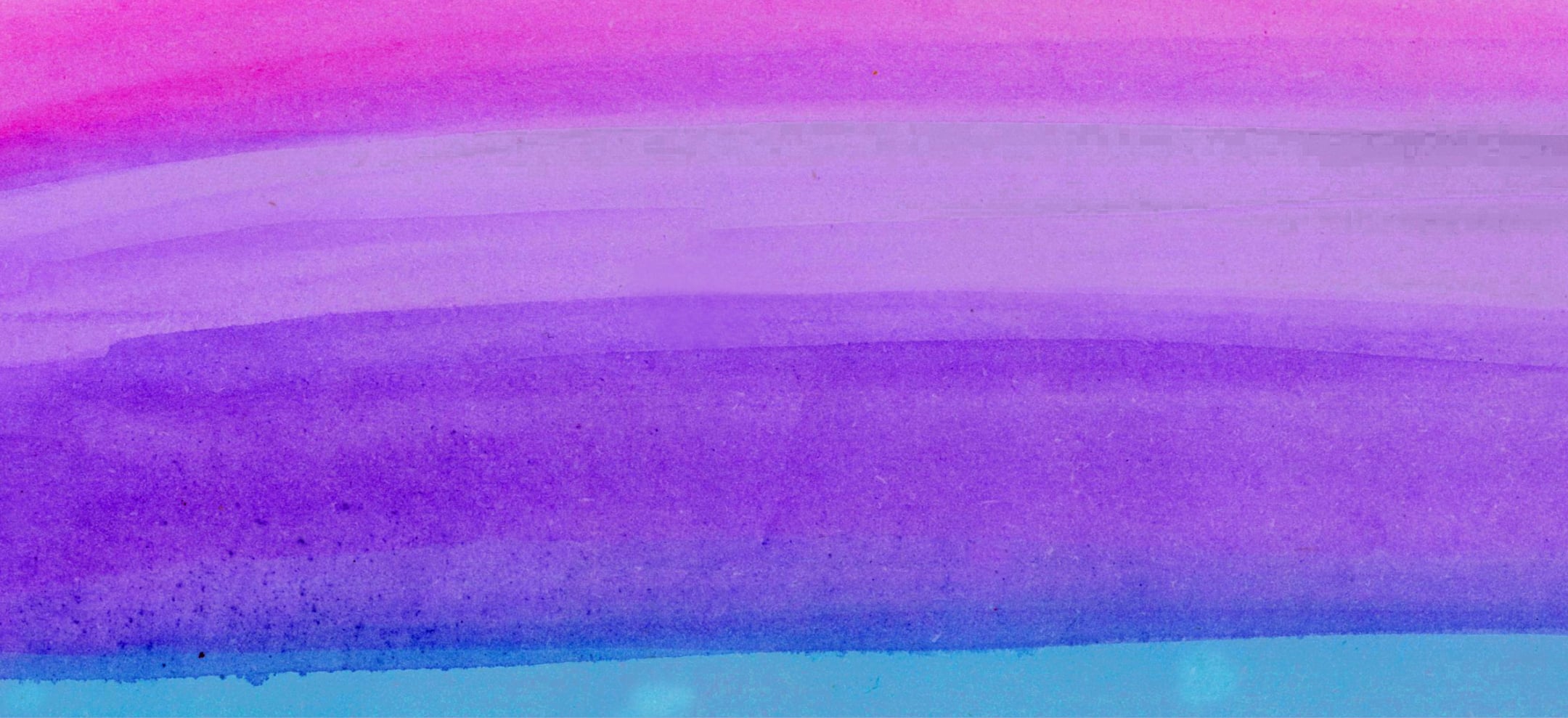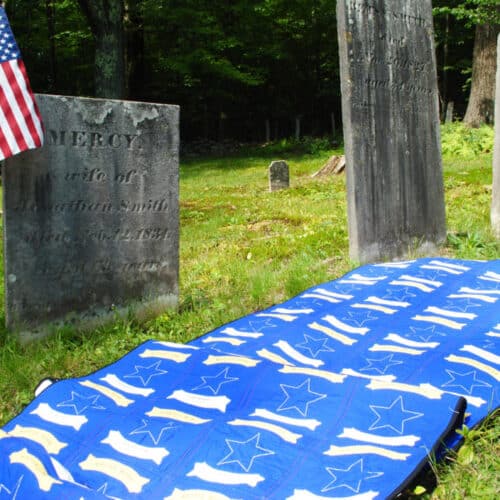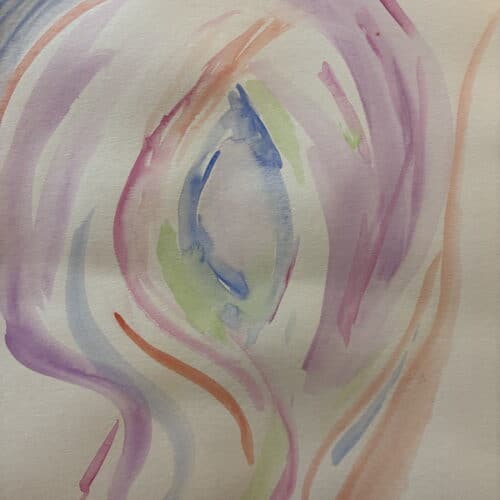Last month, I wrote about inspiration and the awesome experience of having inspiration strike. What I didn’t write about was how this happens because frankly, I haven’t completely wrapped my brain around it yet. The notion that inspiration can come from some source outside of me is a little too big for me to process. Thankfully, it’s a topic that Elizabeth Gilbert covers well in her book Big Magic and in a related TED talk. In Big Magic, she describes inspiration as like a wind blowing through containing ideas. If an artist or writer catches the idea and holds onto it, it’s theirs. If not, it will just keep flowing until it finds a willing body. She shared some compelling stories of inspiration landing or passing along, such as one from a poet who described poems coming to her and having to race to get pen and paper before the poem passed right through. In her TED talk, Gilbert describes inspiration as a Muse, likening it to a house elf like Dobby from Harry Potter that stays with you unless you send it away. Though I find the notion of inspiration as a house elf a much more vivid and funny one, I have to say that I’d rather be visited by an idea-carrying wind than a house elf.
I don’t think that it’s an either/ or situation though. I think that both of these concepts describe different methods of inspiration. Inspiration coming in on a wind is just like I described inspiration striking in last month’s newsletter. The key is to catch the inspiration when it comes – to take the idea, accept that it is yours, and start planning – or to release it to find someone else to be its creator. Inspiration as a house elf, however, implies that the inspiration is always with you and that you have to call on it when you need it. Regardless of the method, the key takeway for me is that inspiration is all around and will come when you call.




